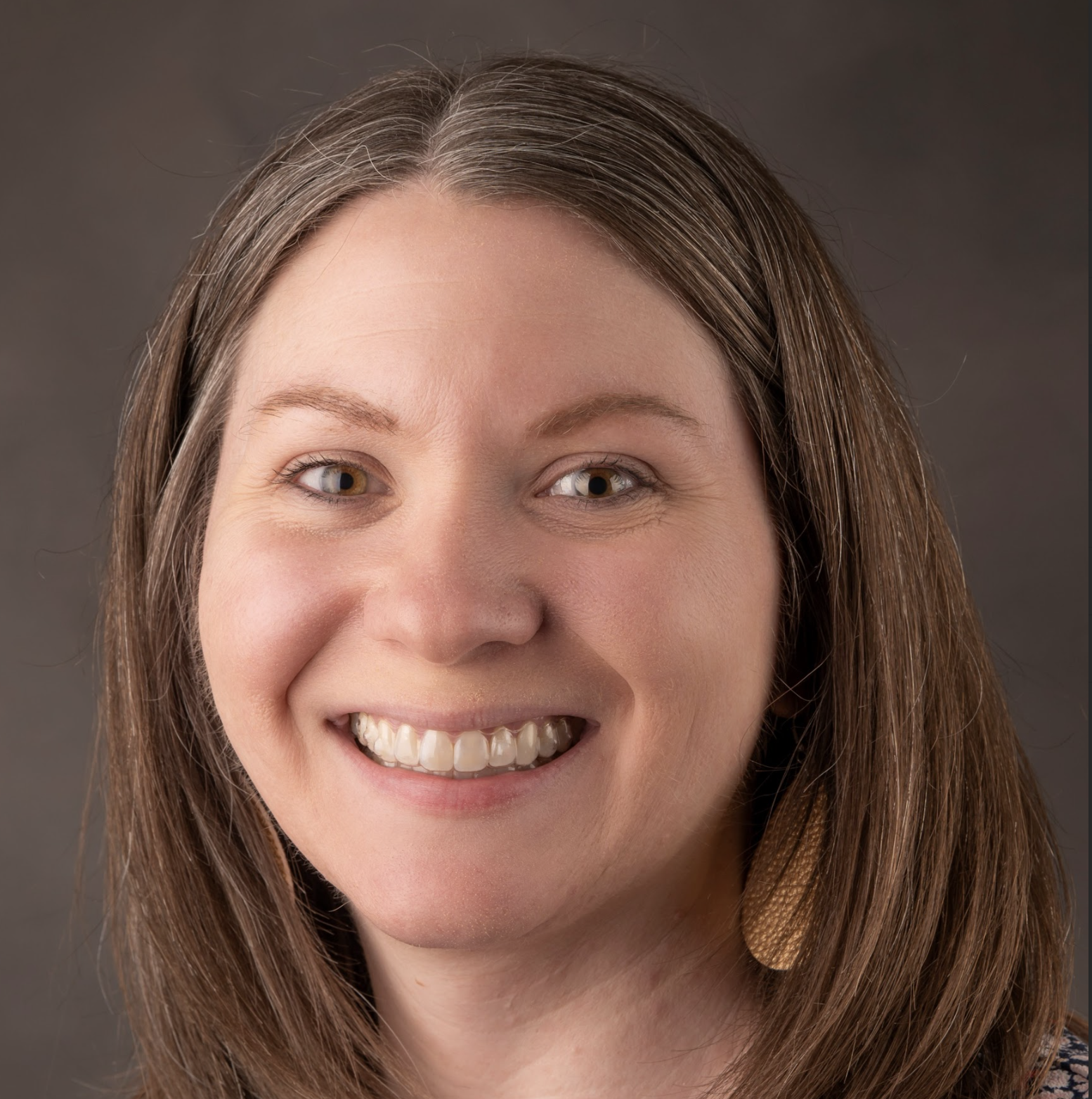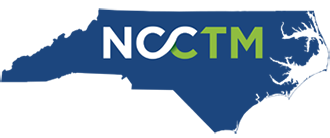We are working to make the full text of articles in issues back to 2004 available individually on this page. Work will progress from current issues backward. Articles not yet individually linked below may be accessed in the Centroid Issue Archive.
Need assistance with the archive? Contact Holly Hirst, Editor, hirsthp@appstate.edu.
Wish to use or adapt information from an article? Contact the author.
Sarah J. Greenwald & Edith Prentice Mendez. Hypatia, the First Known Woman Mathematician. pp. 19-24.

You have the opportunity to shape the future of mathematics teaching and learning in North Carolina.
